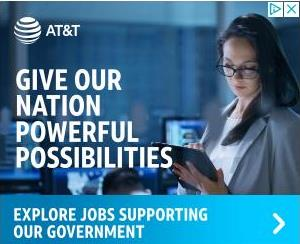March Madness starts this Thursday, which means athletes, fans, and advertisers are ready for the event they missed last year.
We encourage you to subscribe to our blog for the latest data surrounding the advertising industry. We will provide daily updates as COVID-19 continues to make its mark on the US economy.

How is March Madness 2021 Different?
March Madness is back—but with COVID-related changes.
This year, the tournament will have an adjusted schedule and protocols to ensure the safety of teams and fans. The games will take place in a bubble setup located in different locations across the Indianapolis region. This is the first time that the tournament has been hosted in one city.
“This year’s tournament will be like no other, and while we know it won’t be the same for anyone, we are looking forward to providing a memorable experience for the student-athletes, coaches and fans at a once-in-a-lifetime tournament,” announced Dan Gavitt, NCAA senior vice president of basketball. “After the cancellation of the 2020 tournament, we are happy to welcome some fans back to all rounds of the Division I Men’s Basketball Tournament.”
Seating will be limited to 25% capacity or less depending on the individual venue. With limited attendance, buying a ticket is more complicated. Fans are buying blind in some cases, not knowing which teams will be playing. Resale prices are the highest they’ve been in ten seasons.
Another noteworthy change is that Lisa Byington will be the first woman to call play-by-play at a NCAA men’s basketball tournament. Announcers Reggie Miller and Chris Webber will not be covering the games for personal reasons.
John Bogusz, executive vice president/sports sales and marketing at CBS Television Network, said that advertisement slots are “virtually sold out.” Only a couple of units were available in the final games. “There were [price] increases in all rounds through the championship weekend,” he noted.
MediaRadar Insights
For context, the last March Madness tournament in 2019 generated $1.28 billion in television ad spend from 539 brands across 8 networks. These networks included CBS, Turner, Fox, and ESPN.
This was a 8% decline in the number of brands, and a 15% decline in ad spend over 2018, where 586 brands spent $1.5bn across the same networks.
Though there were hundreds of brands spending, spend from the top 10 brands advertising during March Madness accounted for 28% of all reported TV spend. These brands include: AT&T, Geico, Capital One, Infiti QX, and Lowe’s.




Between 2017 and 2019, there was an average of 576 brands advertising during March Madness on CBS and Turner networks. Though there was a dip in 2019, the absence of the games in 2020 and the pandemic-related limitations in 2021 may make the number of brands and/or spending increase this year. We’ll be able to track the data as it comes in.
For more updates like this, stay tuned. Subscribe to our blog for more updates on coronavirus and its mark on the economy.



